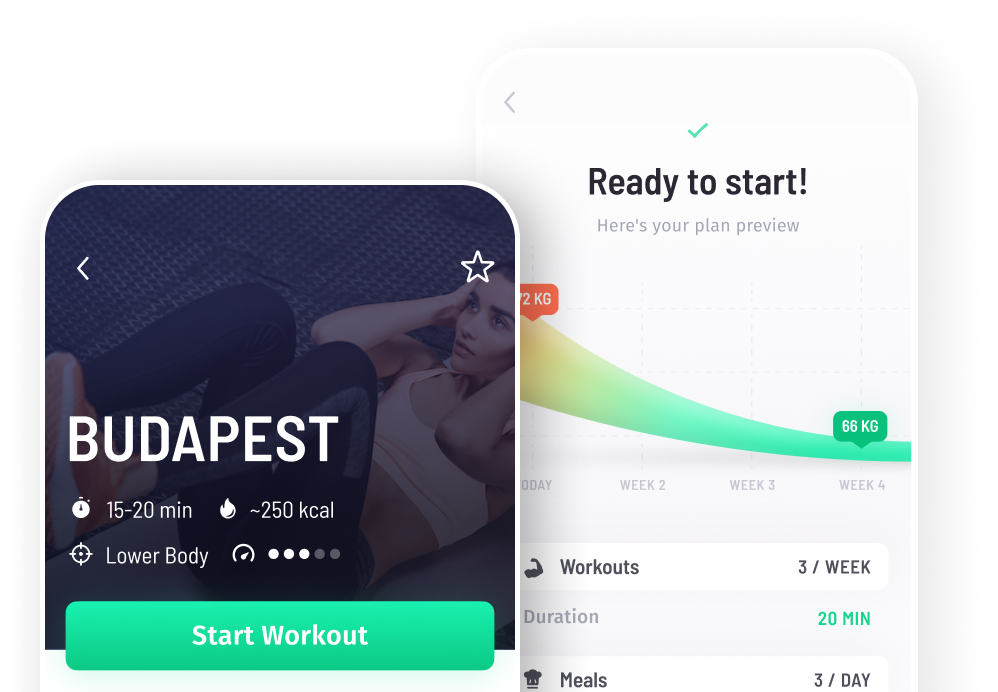If you struggle with coordination, you are not alone. It is something that does not come naturally to a lot of people, yet there are many benefits to learning how to improve coordination. These benefits include:
But what exactly is coordination? And how does it manifest within the body? Coordination refers to the accurate conscious and unconscious perception of our body within space. This perception is also known as proprioception or kinesthesia. It is a sense that allows us to perceive the location and movement of our body, based on sensations arising from receptors called proprioceptors in the muscles, tendons, and joints.
You can train your body to read its proprioceptive signals more effectively by performing exercises that require awareness of how your body is positioned and how it moves. Here are three exercises that will help you learn how to improve coordination by becoming more sensitive to proprioceptive signals.
Standing Balance with Ball Tosses
Standing balance with ball toss is excellent for improving your hand-eye coordination. You will need a small ball such as a tennis ball or even a small beanbag.
- Balance on one leg with the opposite leg lifted at 90 degrees at the hip and knee.
- Toss the ball from hand to hand and keep your eyes following the ball.
- Perform a set on each leg for one minute, increasing time as you become more comfortable.
Hopscotch
Connect with your inner child and play some hopscotch! This activity, as well as being lots of fun, is great for improving hand-eye coordination, rhythm, balance, and control. Hopscotch requires hopping on one foot and landing on two feet, which is an effective way to develop bilateral coordination. Hopscotch is even more fun if you get your kids involved too!
You will need a hopscotch grid consisting of 10 squares. This is easy to draw on the ground outside with chalk. The first square is on its own, then above, squares two and three are side-by-side, following this pattern to square ten.
- Toss a stone or small beanbag into square one and jump over that square, landing both feet on squares two and three.
- Proceed to complete the course, hopping on the single squares and landing a foot in each of the double squares, all the way to square ten and back again, avoiding square one with the stone or beanbag.
- Next, throw the object into square two, repeat the course, and avoid the square with the object.
- Keep going until the object has been in all ten squares.
Single-Leg Hops
The single-leg hop is a variation of the jump squat. It is a type of plyometric exercise that builds strength, balance, and coordination. Believe it or not, hopping on one foot is one of the most complex movements the human body can perform.
- Stand with feet shoulder-width apart and your arms by your sides.
- Shift your weight to one leg and lift the opposite leg off the floor.
- Lower yourself by bending the knee of the supporting leg a quarter squat position and extend your arms behind you slightly to help you with momentum.
- Jump as high as you can and land softly on the same foot, keeping the unsupporting foot off of the floor.
- Repeat for ten repetitions on each leg, building up to 20 as you become more comfortable with the exercise.
Did you enjoy this article? Share it!

